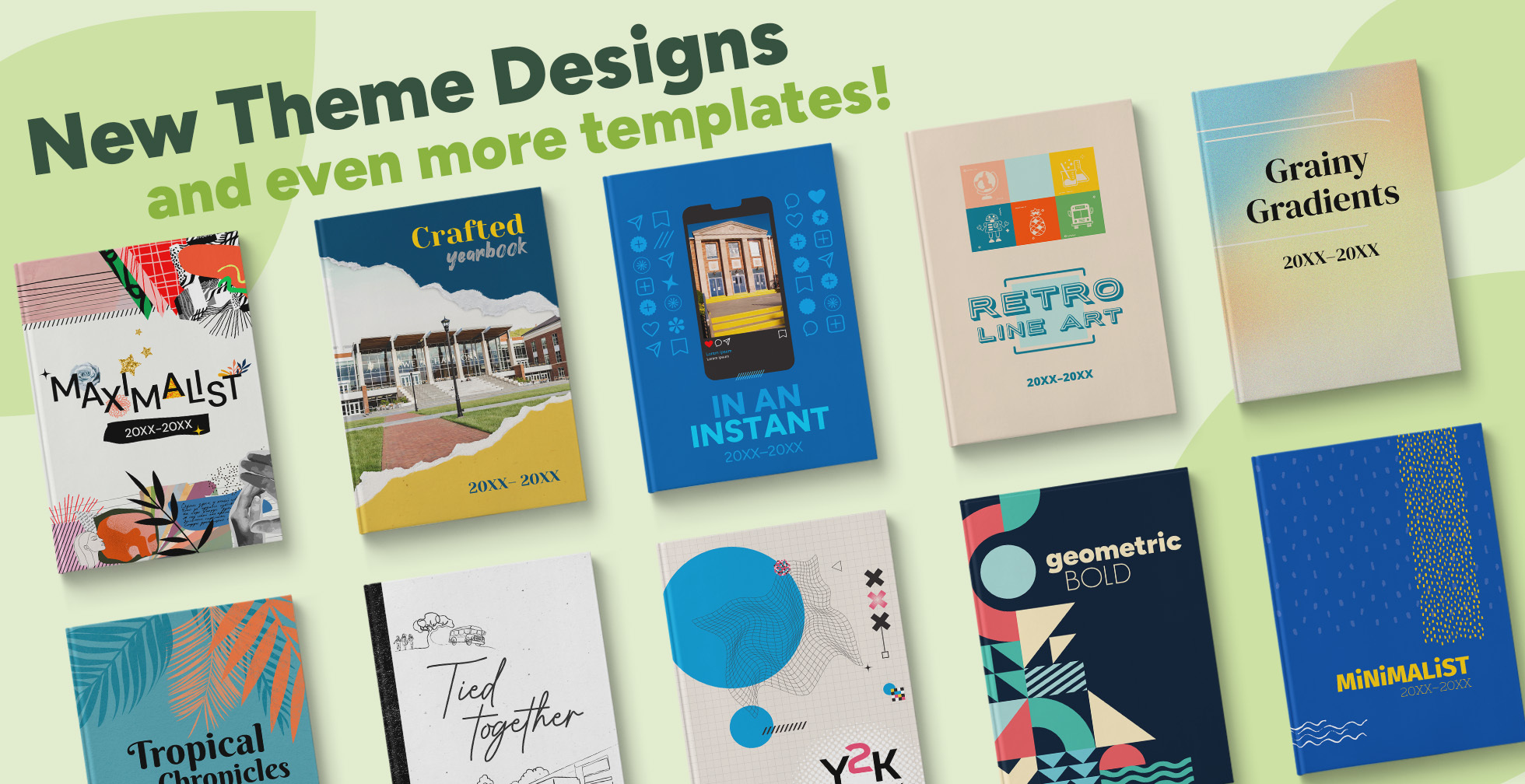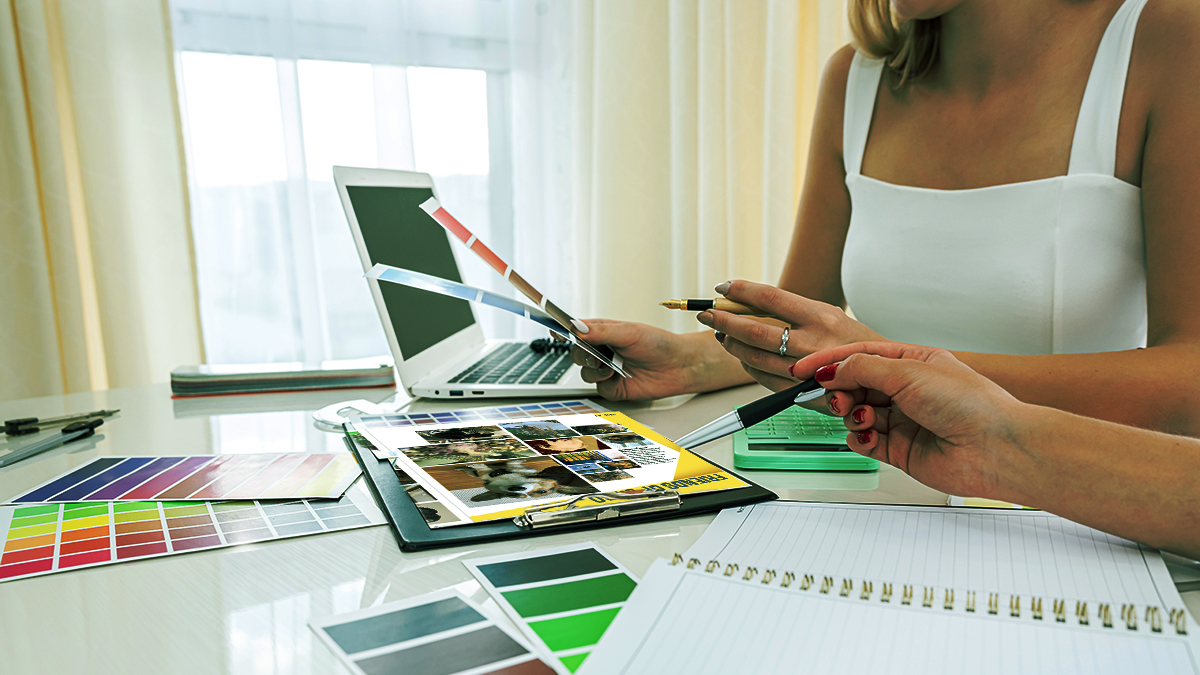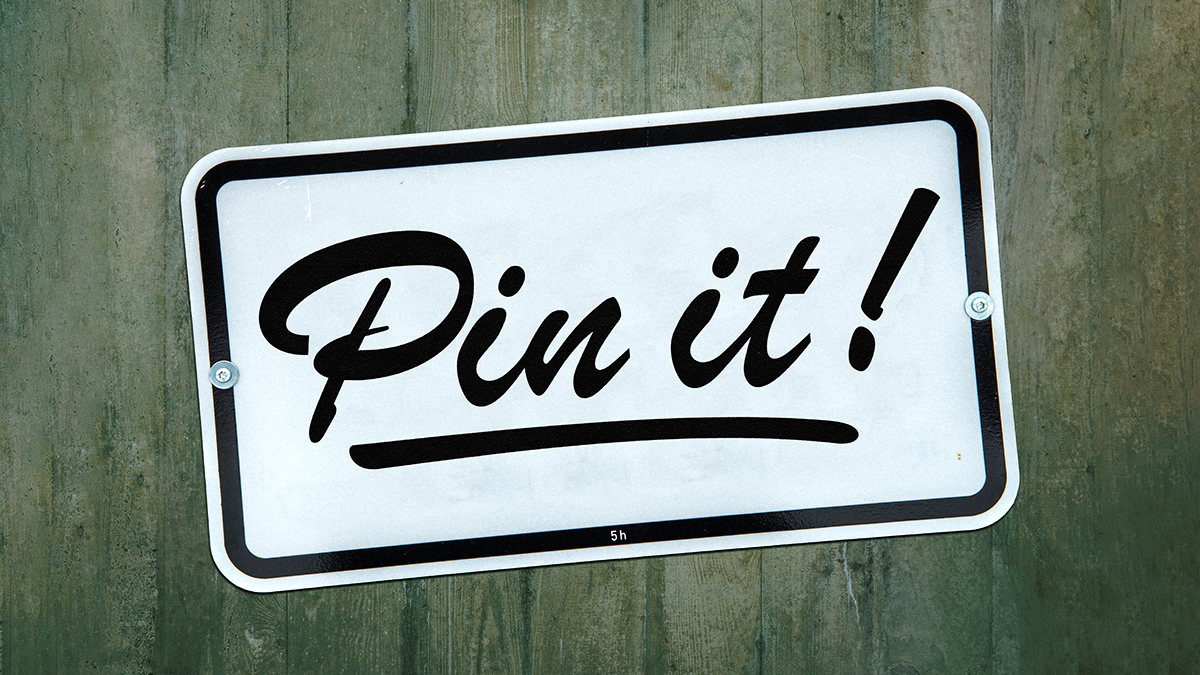Retro yearbook theme packages offer a nostalgic twist to your yearbook, bringing back the charm of past eras. They can transport you to different times and evoke a sense of nostalgia. Nostalgia in design is powerful. Fueled by shared experiences and moments with others, it reinforces feelings of connectedness and belonging. Embracing these themes can give your yearbook a bridge between past and present for your collective memories.
What Is Retro Graphic Design?
Retro yearbook themes use elements that are typically associated with non-contemporary looks. From vintage illustrations to classic color palettes, we’ll break down each decade in design below. Consider this the Eras Tour of Treering.
2000s and Y2K Aesthetic
Since retro typically refers to events 20 years past, we begin with the advent of internet-influenced design. Remember when we stockpiled groceries and awaited the digital doomsday? A yearbook influenced by the turn of the millennium is characterized by a distinct blend of futuristic and traditional elements layered:
- High-energy color palettes, metallics, and iridescent shades
- Digital distortions and drop shadows
- Abstract and geometric shapes
1990s Design for your Yearbook
With the rise of technology, artists began to explore digital mediums to create interactive and multimedia artworks. The themes of the nineties centered around identity. In pop culture, it was the era of Friends and TGIF, and design often incorporated references to these cultural phenomena. With desktop publishing becoming more available to consumers, emerging designers pushed the boundaries of traditional design rules to use asymmetrical arrangements and overlapping elements.

A Throwback Theme From the 1980s
Famously, the bold colors and gestural brushwork of Neo-Expressionism dominate eighties design. It’s also the period that saw the rise of digital technology, a pop culture explosion, and a distinct visual style that continues to be recognized and celebrated during spirit weeks across the nation.
It’s not a 1980s-inspired retro yearbook theme if it doesn’t include some of these:
- Neon colors
- Geometric shapes, preferably layered with a glow effect
- Airbrushing and gradients
- Maximalism and excess
- 8- or 16-bit art

The 1970s’ Influence on Design
Graphic artists of the 1970s made ideas and concepts the focus over traditional artistic mediums. Artists often challenged the notion of art as a physical object. The color palette of the time featured earthy and warm tones, including browns, oranges, yellows, and olive greens. These colors were reflective of the era’s emphasis on nature and a more relaxed, organic aesthetic. While disco culture inspired illustrations with a sense of movement and rhythm, typography also showed some personality with exaggerated serifs, curves, and swashes.
Consider your distribution party for your retro-themed yearbook a piece of performance art.
Taking it Way Back to the 1960s
This was the decade of contrasts. Pop art and its bright colors celebrated mass culture, consumerism, and everyday objects at the start of the 1960s. Remember the soup cans? Later, major socio-political shifts impacted design and this period became synonymous with breaking away from the norm.
A yearbook with a counter-culture theme might want to incorporate retro elements inspired by
- Mod influences from the Beatles and the subsequent British invasion
- Op art: those wavy lines and swirls you associate with 1969’s iconic music festival, Woodstock
- Eclectic or maximalist approaches to convey a contrast
Future Implications
Consider this: your grandkids will produce a retro yearbook theme using key design trends from the 2020s: eco-conscious and minimalistic with sensory-friendly and accessible design.














